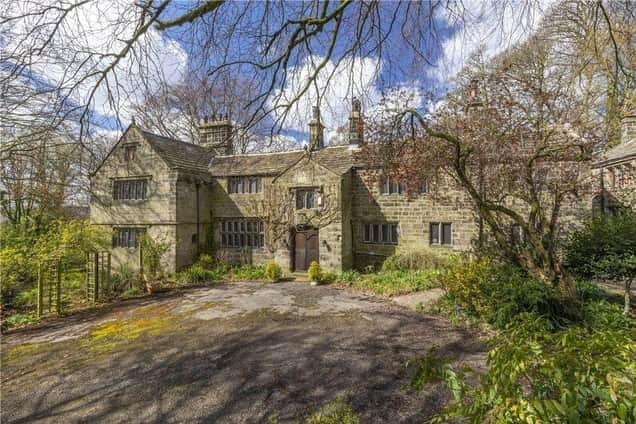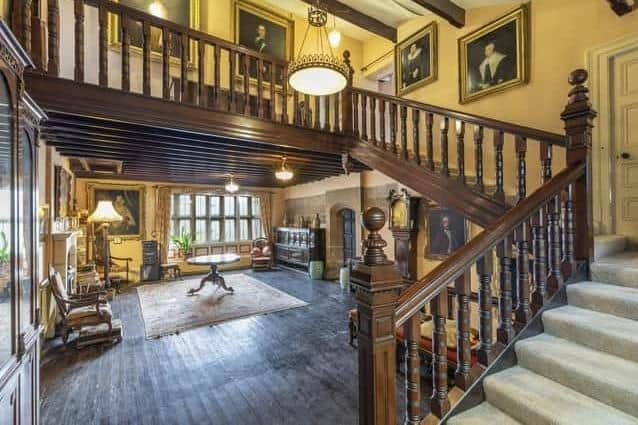Rawdon Hall: Application issued to renovate historic Grade II listed Leeds home after first sale in 425 years
and live on Freeview channel 276
Rawdon Hall in the Low Green area to the south of Rawdon was sold at auction last year after Nick Snowden, the last owner, made the momentous decision to wave goodbye to the property which he inherited when he was just three years old.
Now a planning application has been submitted to Leeds City Council to repair and refurbish the main hall of the the stone-built property, which was completed in 1625.
Advertisement
Hide AdAdvertisement
Hide AdThe application is for work including the plastering and insulation of roof voids, replacing rooflights and a door and the removal of three windows and a set of stone shelves.


When the property went up for auction, Mr Snowden said that it had been in his family’s ownership for 425 years and that the land may have been theirs for as long as 950 years.
Nick’s father was only the third family member to call the hall his home. The first was George Rawdon who had the property built in the late 1500s, the second was his son Francis who completed the project in 1625.
For the rest of its long life, the house was tenanted and its rich history is well documented.
Advertisement
Hide AdAdvertisement
Hide AdThe land it sits in was granted to Paulyn de Rawdon by William the Conqueror in 1069 as a reward for his body of archers’ service in the Battle of Hastings.


At the time of the auction, Nick said: “My distant ancestor George Rawdon built the house as a centre of dissenting worship, incorporating priest holes to protect non-conformists and a look-out window. Religious services were held under Buckstone Rock on what is now the adjoining golf course by the leading dissenting minister of the time, Reverend Heywood.”
It was George’s grandson, Sir George Rawdon, a successful military commander and 1st Baronet of Moira, County Down, who first let the house, a trend that continued for the next 300 plus years.
Tenants included one who overwintered livestock in the house, using the dining room as animal pens. The hall was also visited by Charlotte Brontë in 1841, when she worked as a governess in nearby Upperwood House.
Advertisement
Hide AdAdvertisement
Hide AdIn 1870, the family sold a 99-year lease of Rawdon Hall to the Briggs family who let it to multiple tenants until 1928 when Nick’s great, great grandmother - Baroness Donnington - bought the lease back.
During the Second World War, Rawdon Hall was requisitioned by the army and was camouflaged with blacked out windows and black cinders.
Perhaps the most significant tenant was Judge Nevin, whose family leased the hall from 1948 to 1974 and undertook a splendid restoration with just one small slip-up.
Judge Nevin included his family crest in the stained glass windows. it read “opere non forte”, which he believed to mean “By hard work, not chance” but was later found to mean “It may not work”.
Advertisement
Hide AdAdvertisement
Hide AdThe 6,400 sq.ft, two-storey house has grounds, a waterfall and pond, former lawn tennis court, woodland and a pair of paddocks.
Period features abound and include a stone frieze said to be from nearby Kirkstall Abbey, oak panelling, fireplaces, a galleried staircase and priest hole.